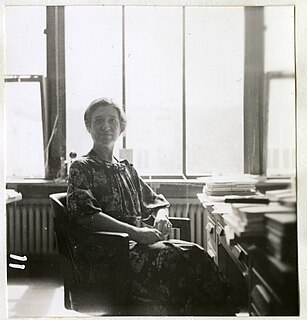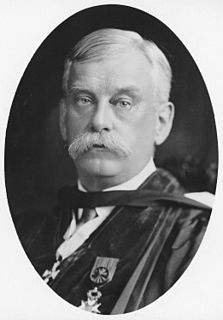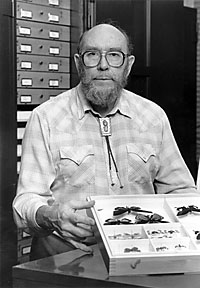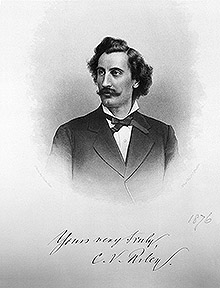 W
WLeila Gay Forbes Clark (1887-1964) was an entomologist and librarian at the Smithsonian Institution. She was the second woman to direct the Smithsonian's library. Prior to her work at the Smithsonian, she worked as a librarian at Wellesley College, Randolph-Macon Woman's College, and the US Department of Agriculture. She joined the Smithsonian in 1929 and spent the rest of her career there becoming director in 1942. During her tenure she oversaw the merger of the main Smithsonian Library with the U.S. National Museum Library which resulted in the centralized Smithsonian Libraries system currently in place.
 W
WJames Brackenridge Clemens was an American entomologist who specialized in Lepidoptera. He described many new species. His collection of microlepidoptera is in the Academy of Natural Sciences of Philadelphia.
 W
WHarrison Gray Dyar Jr. was an American entomologist.
 W
WWilliam Henry Edwards was an American businessman and entomologist. He was an industrial pioneer in the coalfields of West Virginia, opening some of the earliest mines in the southern part of the state. He was also a prominent naturalist specializing in the study of butterflies. He wrote The Butterflies of North America, a three-volume treatise that is highly regarded for its scholarship and the quality of its illustrations.
 W
WCharles Henry Fernald was an American entomologist, geologist, and zoologist, who is credited as the first college professor of economic entomology. Fernald grew up at Fernald Point in Mount Desert, Maine, and went on to prepare for college at Maine Wesleyan Seminary before joining the navy in 1862. After receiving a master's degree from Bowdoin College he went on to serve as principal of several academies in Maine. Throughout his career he would document and describe several species of microlepidoptera and in 1886 became the first full-time professor and chair of the natural sciences at what is now the University of Massachusetts Amherst. Fernald Hall and the Fernald Entomological Society at the same institution, are named for him and his son, Henry Torsey Fernald, who would later hold the same position as his father. His wife, Maria Elizabeth Fernald, was a noted entomologist in her own right.
 W
WRev William Jacob Holland FRSE LLD was the eighth Chancellor of the University of Pittsburgh (1891–1901) and Director of the Carnegie Museums of Pittsburgh. He was an accomplished zoologist and paleontologist, as well as an ordained Presbyterian minister.
 W
WXimena McGlashan, later Ximena McGlashan Howard, was an American entomologist, and a "butterfly farmer" based in Truckee, California.
 W
WTheodore Luqueer Mead was an American naturalist, entomologist and horticulturist. As an entomologist he discovered more than 20 new species of North American butterflies and introduced the Florissant Fossil Beds in Colorado to the wider scientific world. As a horticulturist, he is best known for his pioneering work on the growing and cross-breeding of orchids, and the creation of new forms of caladium, bromeliad, crinum, amaryllis and hemerocallis (daylily). In addition he introduced many new semi-tropical plants, particularly palm varieties, into North America. Recently a comprehensive historical biography of his life and times has been published.
 W
WKaren Suzanne Oberhauser is an American conservation biologist with a specific interest in monarch butterflies.
 W
WAlpheus Spring Packard Jr. LL.D. was an American entomologist and palaeontologist. He described over 500 new animal species – especially butterflies and moths – and was one of the founders of The American Naturalist.
 W
WNaomi E. Pierce is the Hessel Professor of Biology at Harvard University and a world authority on butterflies. Pierce is the university's Curator of Lepidoptera, a position once held by Vladimir Nabokov.
 W
WRobert Michael Pyle is an American lepidopterist, writer, teacher, and founder of the Xerces Society for Invertebrate Conservation. Much of his life story is told in the 2020 feature film, The Dark Divide where Pyle is played by David Cross.
 W
WCharles Lee Remington was an American entomologist known for studies of butterflies and moths, a Yale University professor, and is considered the father of modern lepidoptery. He established a Periodical Cicada preserve in Hamden, Connecticut. He developed the insect collection at the Peabody Museum of Natural History.
 W
WCharles Valentine Riley was a British-born American entomologist and artist. He was one of the first individuals to use biological pest control and authored over 2,400 publications. He convinced Congress to create the United States Entomological Commission and was among the founders of the American Association of Economic Entomologists.
 W
WSamuel Hubbard Scudder was an American entomologist and paleontologist. He was a leading figure in entomology during his lifetime and the founder of insect paleontology in America. In addition to fossil insects, he was an authority on butterflies (Lepidoptera) and grasshoppers (Orthoptera).
 W
WFerdinand Heinrich Herman Strecker was an American entomologist specialising in butterflies and moths (Lepidoptera).
 W
WEdward Groesbeck "Ed" Voss was an American botanist and expert on taxonomic nomenclature.